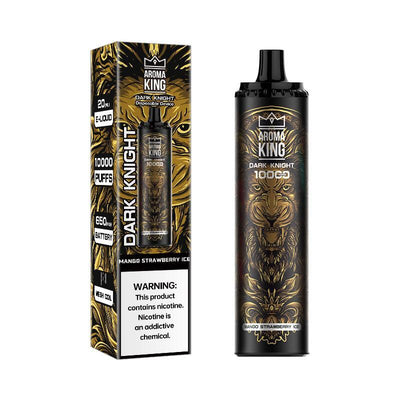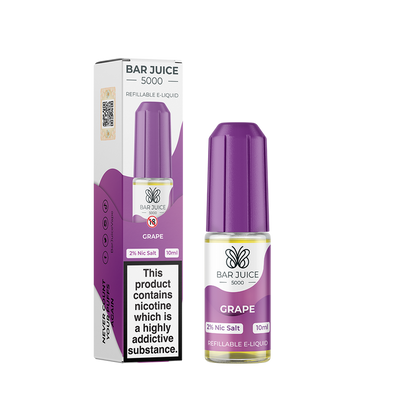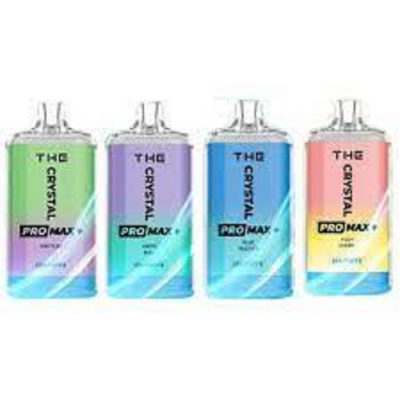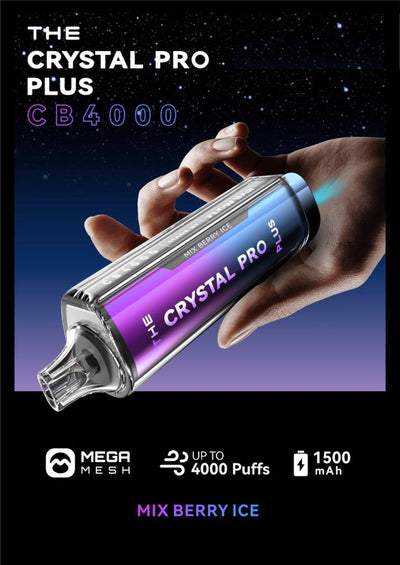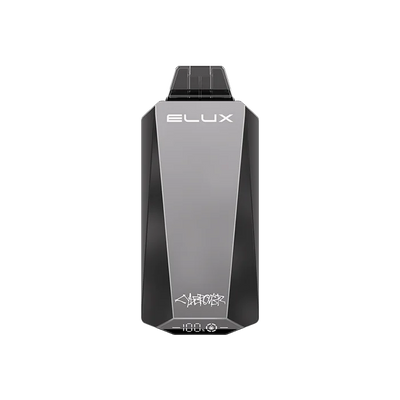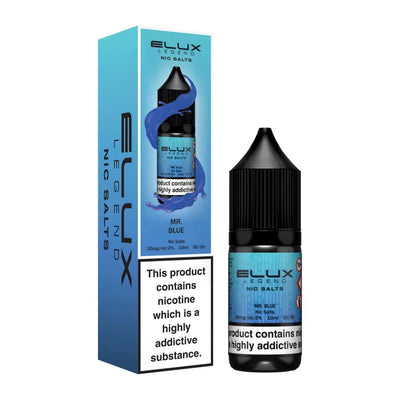Vaping is often seen as a safer alternative to smoking, but that doesn’t mean it’s completely free of risks. One concern that some people have is whether e-liquids can cause allergies. In this blog, we’ll explain what’s in e-liquids, what kinds of allergic reactions they can cause, and how you can protect yourself if you think you might be allergic to something in your e-liquid.

What are E-Liquids?
E-liquids, also known as vape juice or e-juice, are the liquids that are used in vape devices. When you vape, the e-liquid is heated by the coil and turned into vapor, which you can then inhale. E-liquids are made up of a few basic ingredients:
- Propylene Glycol (PG): PG is a thin, clear liquid that helps carry the flavor in e-liquids. It’s also used in many everyday products, like food and medicine.
- Vegetable Glycerin (VG): VG is a thicker liquid that produces vapor when heated. It’s made from plant oils and is also used in foods and cosmetics.
- Flavorings: These are the ingredients that give e-liquids their taste. They can be natural or artificial and come in many different flavors, like fruit, candy, and dessert.
- Nicotine (Optional): Nicotine is the addictive substance found in cigarettes, and it can be added to e-liquids in different strengths. Some e-liquids are nicotine-free.
Can E-Liquids Cause Allergies?
Yes, e-liquids can cause allergies, although it’s not very common. If you have an allergy to one of the ingredients in the e-liquid, you might feel symptoms like itching, a rash, or even difficulty breathing. Here’s a closer look at the ingredients in e-liquids and how they might cause allergies:
| Ingredient | Can Cause Allergies? | Common Symptoms | Tips to Avoid |
|---|---|---|---|
| Propylene Glycol (PG) | Yes | Sore throat, dry mouth, skin irritation | Choose VG-dominant e-liquids |
| Vegetable Glycerin (VG) | Rare | Coughing, wheezing, shortness of breath | Test a small amount first |
| Flavorings | Yes (especially natural flavors) | Skin rash, itching, respiratory issues | Avoid known allergens, choose artificial flavors |
| Nicotine | Not an allergen, but can cause sensitivity | Headaches, dizziness, nausea | Use nicotine-free or lower-strength e-liquids |
-
Propylene Glycol (PG): Some people are allergic to PG. If you’re allergic to PG, you might notice symptoms like a sore throat, dry mouth, or skin irritation after vaping. In rare cases, PG can cause more serious allergic reactions, like hives or swelling.
-
Vegetable Glycerin (VG): VG is less likely to cause allergies than PG, but it’s still possible. If you’re allergic to VG, you might feel symptoms like coughing, wheezing, or shortness of breath after vaping.
-
Flavorings: Some flavorings, especially those made from natural ingredients like nuts or fruits, can cause allergic reactions. For example, if you’re allergic to peanuts, you might have a reaction to an e-liquid that contains peanut flavoring.
Check for Top 10 Best Vape Flavours of 2024 here:
-
Nicotine: While nicotine itself isn’t usually a cause of allergies, high levels of nicotine can cause symptoms like headaches, dizziness, or nausea. If you’re sensitive to nicotine, you might want to try a lower-strength e-liquid or a nicotine-free option.
Symptoms of an E-Liquid Allergy
If you’re allergic to something in your e-liquid, you might notice symptoms shortly after you start vaping. These symptoms can range from mild to severe and might include:
-
Skin Irritation: You might notice redness, itching, or a rash on your skin, especially around your mouth or hands where the e-liquid might come into contact.
-
Respiratory Symptoms: You might experience coughing, wheezing, or shortness of breath after vaping. In some cases, you might also feel tightness in your chest or have difficulty breathing.
-
Sore Throat or Dry Mouth: Some people feel a sore throat or dry mouth after vaping, especially if they’re allergic to PG.
-
Headaches or Dizziness: High levels of nicotine can cause headaches or dizziness, especially if you’re not used to vaping.
If you experience any of these symptoms, it’s important to stop vaping immediately and see a doctor, especially if your symptoms are severe.
How to Avoid E-Liquid Allergies
If you think you might be allergic to something in your e-liquid, here are some tips to help you avoid an allergic reaction:
-
Test a Small Amount First: If you’re trying a new e-liquid, start with a small amount and see how your body reacts. If you don’t notice any symptoms, you can gradually increase the amount.
-
Choose VG-Dominant E-Liquids: If you’re allergic to PG, try using an e-liquid with a higher VG content. Many e-liquids are available with different PG/VG ratios, so you can find one that works best for you.
-
Avoid Certain Flavors: If you know you’re allergic to certain foods, like nuts or fruits, avoid e-liquids with those flavors. Look for e-liquids that are labeled as allergen-free or made with artificial flavorings.
-
Consider Nicotine-Free E-Liquids: If you’re sensitive to nicotine, try using a nicotine-free e-liquid. This can help reduce the risk of symptoms like headaches or dizziness.
Also check Top 5 Best Nicotine-Free Vapes here:
Do Nicotine-Free Vapes Satisfy Cravings Like Nicotine Vapes Do?
Consult a Doctor: If you’re unsure whether you’re allergic to something in your e-liquid, it’s a good idea to talk to a doctor. They can help you figure out what’s causing your symptoms and recommend the best course of action.
Conclusion
While e-liquid allergies are rare, they can happen. By understanding the ingredients in your e-liquid and paying attention to your body’s reactions, you can help prevent allergic reactions and enjoy a safer vaping . If you think you might be allergic to something in your e-liquid, don’t hesitate to see a doctor and get the help you need.






























